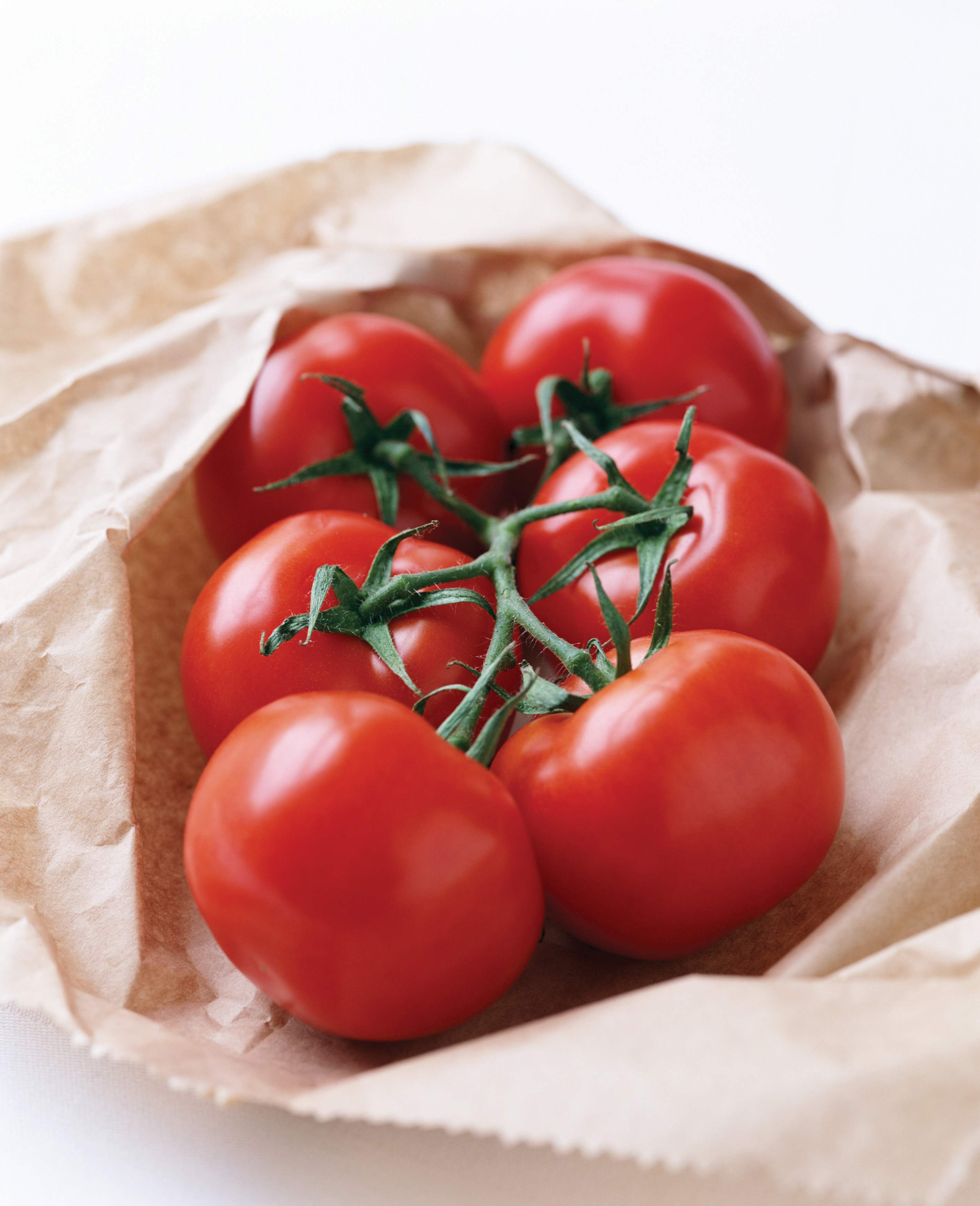This is “Physical Properties of Alkenes”, section 13.3 from the book Introduction to Chemistry: General, Organic, and Biological (v. 1.0). For details on it (including licensing), click here.
For more information on the source of this book, or why it is available for free, please see the project's home page. You can browse or download additional books there. To download a .zip file containing this book to use offline, simply click here.
13.3 Physical Properties of Alkenes
Learning Objective
- Identify the physical properties of alkenes and describe trends in these properties.
The physical properties of alkenes are similar to those of the alkanes. Table 13.1 "Physical Properties of Some Selected Alkenes" (in Section 13.1 "Alkenes: Structures and Names") shows that the boiling points of straight-chain alkenes increase with increasing molar mass, just as with alkanes. For molecules with the same number of carbon atoms and the same general shape, the boiling points usually differ only slightly, just as we would expect for substances whose molar mass differs by only 2 u (equivalent to two hydrogen atoms). Like other hydrocarbons, the alkenes are insoluble in water but soluble in organic solvents.
Looking Closer: Environmental Note
Alkenes occur widely in nature. Ripening fruits and vegetables give off ethylene, which triggers further ripening. Fruit processors artificially introduce ethylene to hasten the ripening process; exposure to as little as 0.1 mg of ethylene for 24 h can ripen 1 kg of tomatoes. Unfortunately, this process does not exactly duplicate the ripening process, and tomatoes picked green and treated this way don’t taste much like vine-ripened tomatoes fresh from the garden.
Other alkenes that occur in nature include 1-octene, a constituent of lemon oil, and octadecene (C18H36) found in fish liver. Dienes (two double bonds) and polyenes (three or more double bonds) are also common. Butadiene (CH2=CHCH=CH2) is found in coffee. Lycopene and the carotenes are isomeric polyenes (C40H56) that give the attractive red, orange, and yellow colors to watermelons, tomatoes, carrots, and other fruits and vegetables. Vitamin A, essential to good vision, is derived from a carotene. The world would be a much less colorful place without alkenes.

The bright red color of tomatoes is due to lycopene—a polyene.
© Thinkstock
Concept Review Exercises
-
Briefly describe the physical properties of alkenes. How do these properties compare to those of the alkanes?
-
Without consulting tables, arrange the following alkenes in order of increasing boiling point: 1-butene, ethene, 1-hexene, and propene.
Answers
-
Alkenes have physical properties (low boiling points, insoluble in water) quite similar to those of their corresponding alkanes.
-
ethene < propene < 1-butene < 1-hexene
Key Takeaway
- The physical properties of alkenes are much like those of the alkanes: their boiling points increase with increasing molar mass, and they are insoluble in water.
Exercises
-
Without referring to a table or other reference, predict which member of each pair has the higher boiling point.
- 1-pentene or 1-butene
- 3-heptene or 3-nonene
-
Which is a good solvent for cyclohexene, pentane or water?
Answer
-
- 1-pentene
- 3-nonene
-




